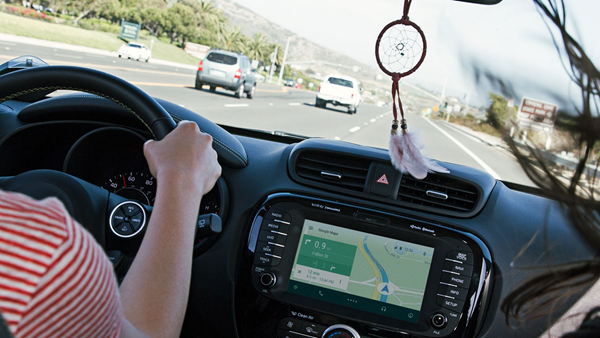Google’s new Android Wear, TV and Auto ventures were front and center during Google I/O, and as the dust settles on all the biggest announcements to come out of the developer event, we’re now starting to find out the more interesting details about what Google will be working on this year.
Speaking to Ars Technica, Google engineering director David Burke explained that Auto, Wear and TV will differ from Android on smartphones and tablets in one major way, and it’s a difference that could see the platforms either flourish, or falter depending on how hardware makers take to the decision.

As everyone knows, Android on smartphones and tablets suffers from one main issue, and that’s fragmentation. While differing hardware doesn’t help that fragmentation, the way OEMs fiddle with Android is also one of the biggest turn-offs for some people. Picking up one Android phone having used another can often be a jarring experience, because while they’re both running Android of some description, it’s usually been smothered in some sort of skin that seeks to help phone and tablet makers differentiate themselves from the competition. It’s this that Google is seeking to block with Android Wear, TV and Auto, according to Burke.

With the aim of trying to garner a more consistent experience across devices, Google will be blocking any attempt from OEMs to try and skin the versions of Android that run on their wearables, televisions or in-car systems beyond adding their own applications or services, according to Burke. This should mean that swapping devices will be a much more painless experience than it often is in the smartphone world, but will no doubt receive a tepid response from the makers of hardware. If they can’t differentiate by making the user experience different, their avenues for standing out are greatly reduced.

As a user though, this sounds like a brilliant move by Google. Assuming it doesn’t stop manufacturers from jumping on board, that is. Hopefully it will mean that they will focus on things like industrial design instead of adding unnecessary fluff to devices.
(Source: ArsTechnica)
You may also like to check out:
- Hands-On With Moto 360, LG G Watch, Samsung Gear Live Smartwatches [Videos]
- Google Android TV Announced, Here’s Everything You Need To Know
- Google Android Auto Announced, Its CarPlay Competitor, Here Are All The Details
You can follow us on Twitter, add us to your circle on Google+ or like our Facebook page to keep yourself updated on all the latest from Microsoft, Google, Apple and the Web.

